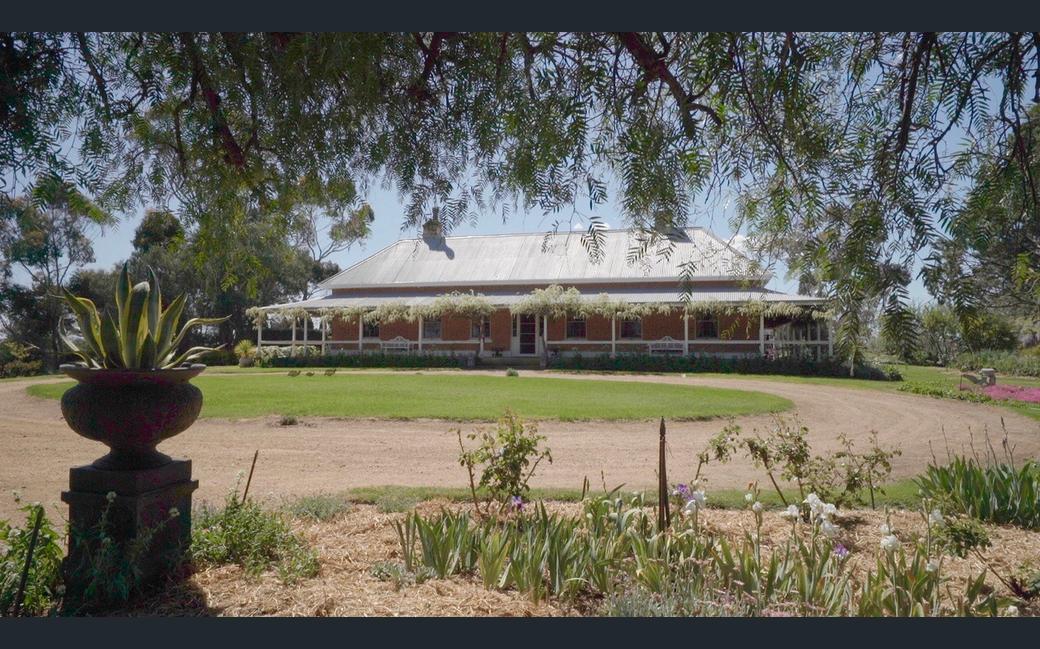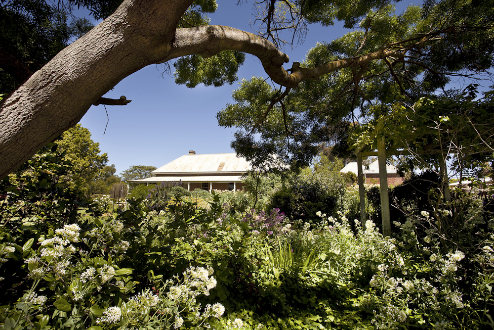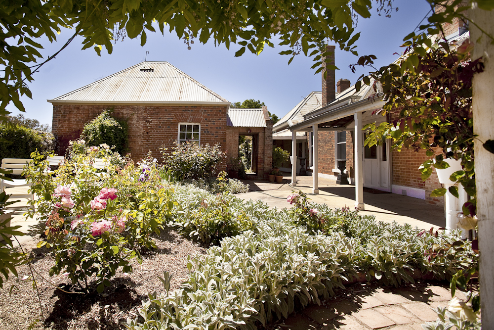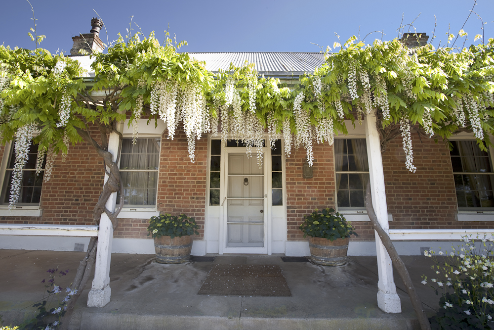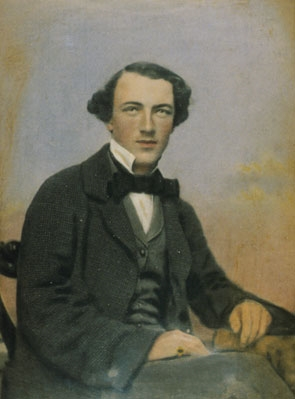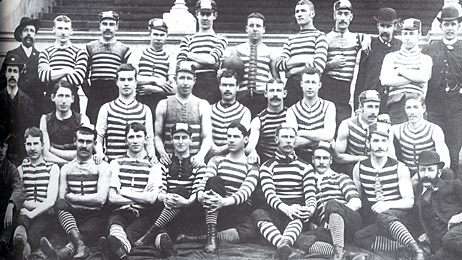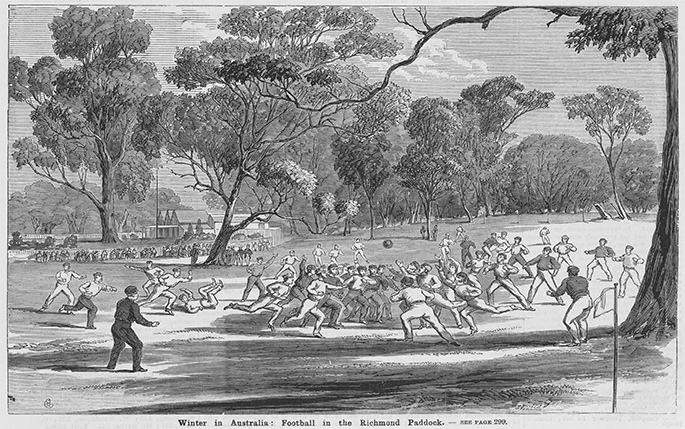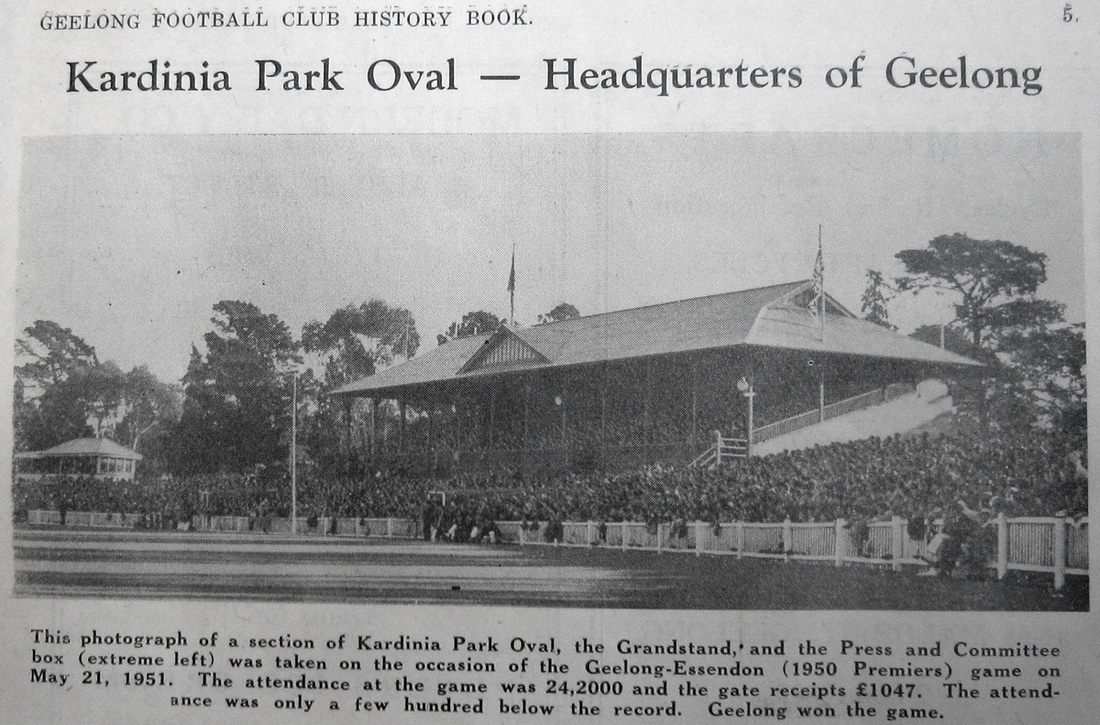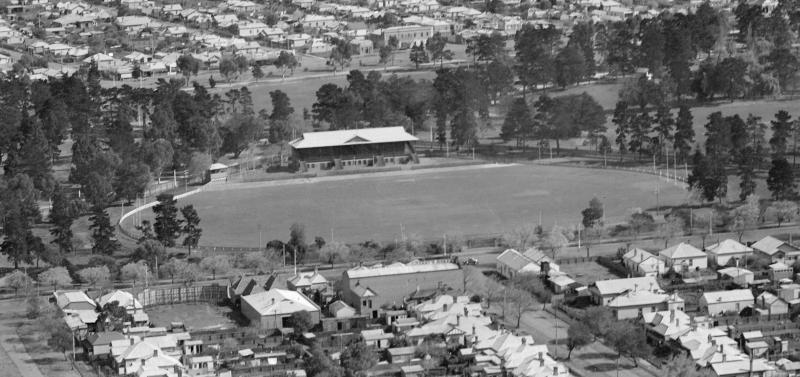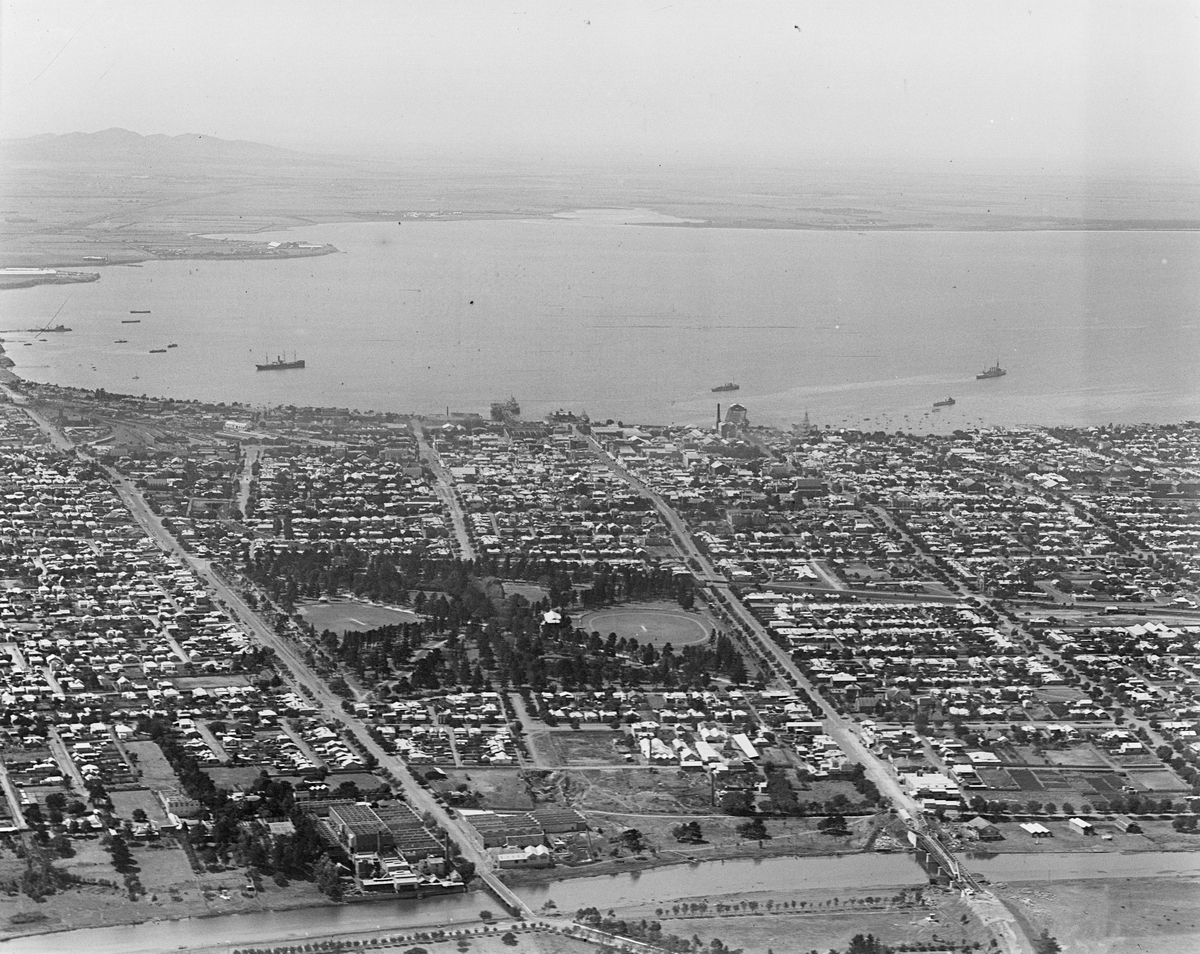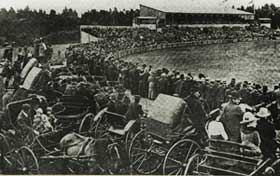Hello Kitty
Miss Kitty
"It is believed that the co-founder of Australia football, Thomas Wentworth Wills, recommended the formation of the Geelong Football Club in July 1859 making it the second oldest continuously existing club at an elite level of any code in the world, the Melbourne Football Club credited as the oldest, formed earlier the same year. Wills was also involved in the formation of that club."
http://www.geelongcats.com.au/club/history/detailed-history
With such an old + rich history, tradition + a unique culture, there is much information about the first days of Australian Football + Geelong Cats.
This thread is to honour, remember, discuss + enjoy the history of Geelong Cats, from 1859 to the current season.
http://www.geelongcats.com.au/club/history/detailed-history
With such an old + rich history, tradition + a unique culture, there is much information about the first days of Australian Football + Geelong Cats.
This thread is to honour, remember, discuss + enjoy the history of Geelong Cats, from 1859 to the current season.





